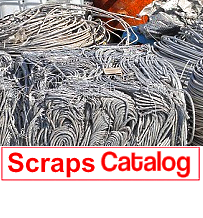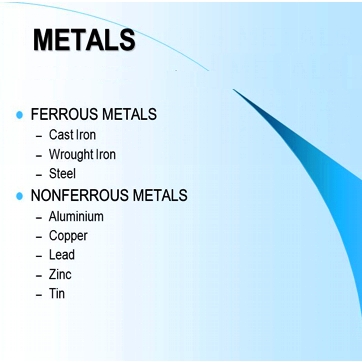Steel
(Carbon Steel)
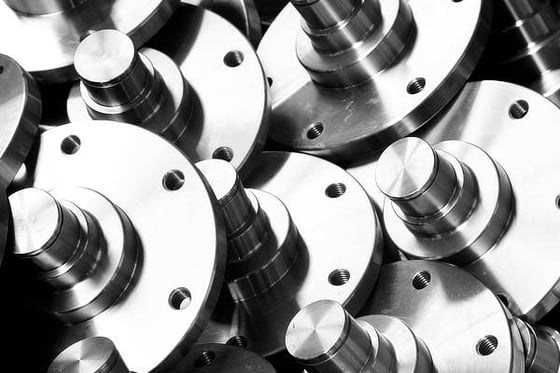
(Alloy Steel)
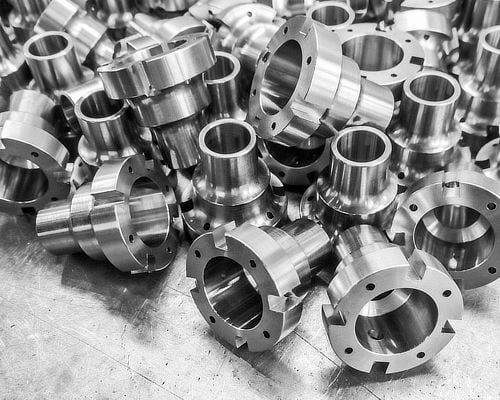
(Stainless Steel)
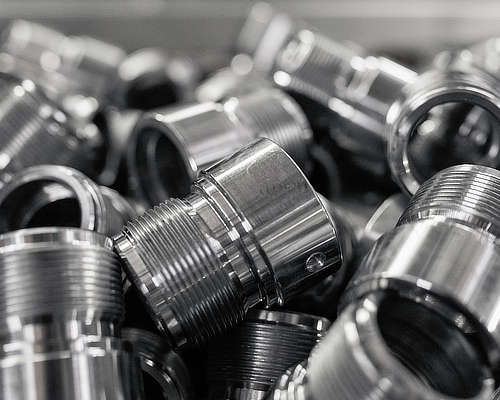
Carbon Steel
Carbon steel looks dull, matte-like, and is known to be vulnerable to corrosion. Overall, there are three subtypes to this one: low, medium, and high carbon steel, with low containing about .30% of carbon, medium .60%, and high 1.5%. The name itself actually comes from the reality that they contain a very small amount of other alloying elements. They are exceptionally strong, which is why they are often used to make things like knives, high-tension wires, automotive parts, and other similar items.
Fact: Carbon steels make up about 90% of all steel production.
Alloy Steel
Next up is alloy steel, which is a mixture of several different metals, like nickel, copper, and aluminum. These tend to be more on the cheaper side, more resistant to corrosion and are favored for some car parts, pipelines, ship hulls, and mechanical projects. For this one, the strength depends on the concentration of the elements that it contains.
Stainless Steel
These are probably the most well-known type on the market. This type is shiny and generally has around 10 to 20% chromium, which is their main alloying element. With this combination, it allows the steel to be resistant to corrosion and very easily molded into varying shapes. Because of their easy manipulation, flexibility, and quality, stainless steel can be found in surgical equipment, home applications, silverware, and even implemented as exterior cladding for commercial/industrial buildings.
Fact: There are over 100 grades of stainless steel, making it an incredibly versatile, customizable material.






